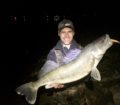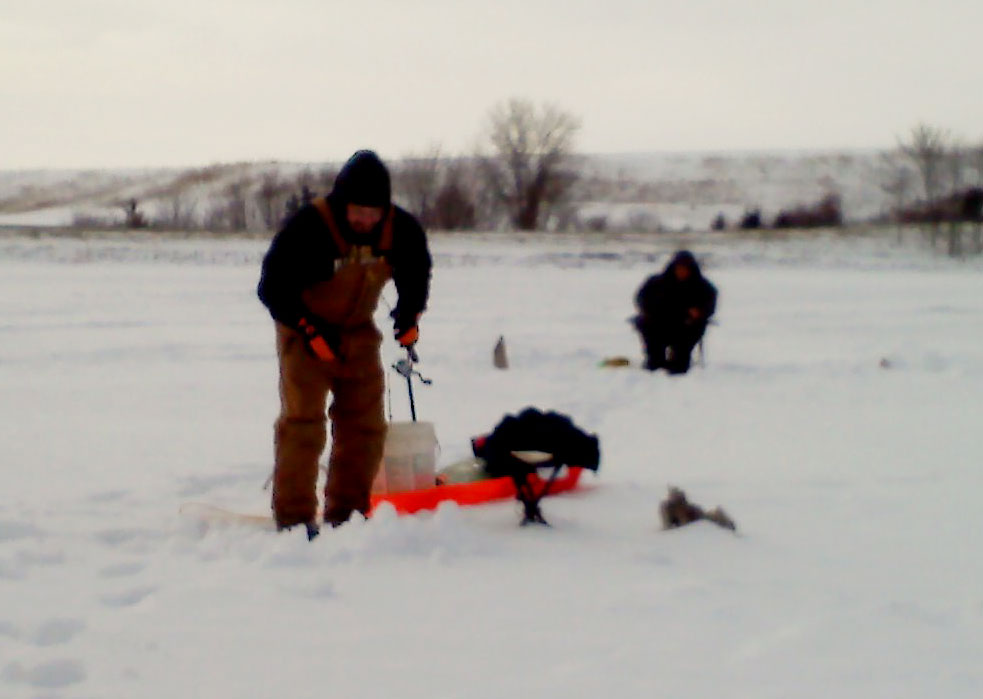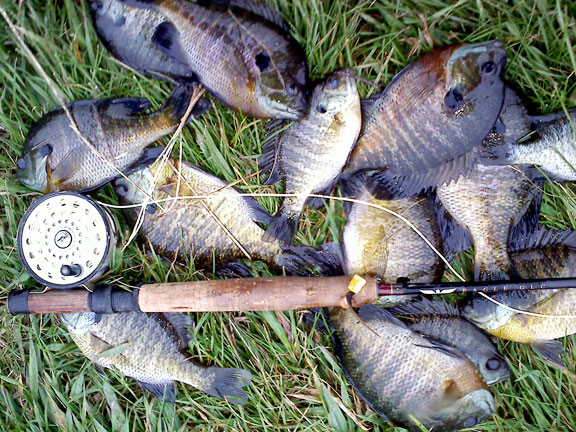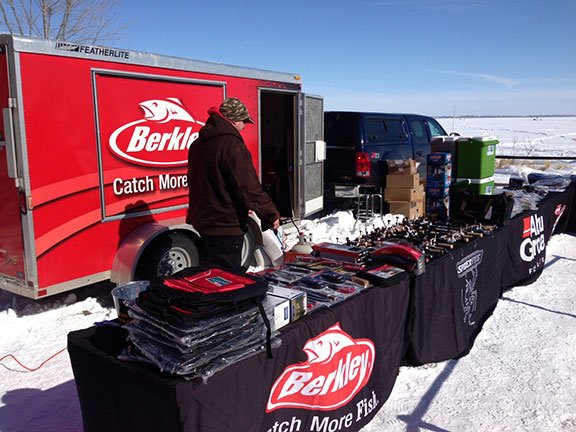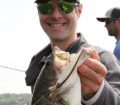By Steve Weisman
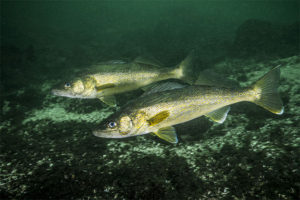
(Stock photo)
The broodstock lakes of northwest Iowa offer anglers excellent walleye fishing opportunities. In addition, Big Spirit Lake, East Okoboji, West Okoboji and Storm Lake are home to the female walleyes that give up their eggs each year so Iowa’s hatcheries can raise the millions of walleye fry and fingerlings needed to maintain good fishing in Iowa.
Mike Hawkins, fisheries management biologist, and Jonathan Meerbeek, fisheries research biologist, find that these are dynamic lakes and there is definitely a balancing act to help keep the lakes performing at optimum levels. Fisheries staff take regulation changes very seriously relying on long-term data and the most current science. Hawkins notes, “We invest heavily on monitoring and research to help guide our decisions on these important resources. Whenever we consider a new regulation, we look at three key questions. Is the regulation biologically needed? Is it socially acceptable? Is it enforceable?”
Hawkins says that walleyes on the broodstock lakes are regulated differently from those on other lakes and streams. “Beyond providing anglers with good fishing, these lakes hold our egg producing females. These fish are responsible for supplying the fry and fingerlings that our hatcheries raise for stocking across most of the state.”
Managing these important populations is not easy and strategies must change rapidly. Meerbeek notes, “Many factors, including prey population levels, ever changing hatchery products, and invasive species such as zebra mussels, will likely impact these fisheries. Our ongoing research allows us to collect and analyze some of these issues so we can provide guidance on things like stocking rates and adjustments in harvest regulations.”
Prior to 2007
Regulation changes to optimize walleye adult densities have always been a component of managing Iowa’s broodstock walleye fisheries. For instance, back in 1987, after years of monitoring, a 14” minimum length limit was established on the Iowa Great Lakes. This was followed by a 15-inch minimum length limit on Storm Lake in 1991. No changes were made for 20 years but monitoring and analysis continued. Over that time, biologists documented several periods when walleye would “stockpile” just below the length limit. In some years anglers would have to sort through dozens of small fish to finally catch one 14” walleye. Analysis and modeling showed that a protected slot limit was a better regulation and could prevent this log jam of walleyes. Analyses also showed that a protected slot would increase the number of broodstock females.
2007-to present
In January of 2007, after weighing angler input and all of that data, the decision was made to change to the current 17” to 22” protected slot with harvest allowed on one walleye over 22”. Reflecting on the past 12 years, the slot has had a positive impact on these broodstock lakes. Overall size and growth rates have improved, stockpiling of small fish is less likely and the walleyes are generally in excellent condition.
However, in the last couple of years, the data has shown that the protected slot wasn’t perfect. Male walleyes grow much slower than females after they reach 5 years old. This is common for most species of fish. Egg producing females usually grow much bigger. Meerbeek says, “In fact, many of the males will never grow out of the protected slot causing there to be a disproportionate number of males that can’t be harvested. We also heard concerns from anglers regarding the number of fish being caught in the slot that can’t be harvested.”
So, what do you do? According to Meerbeek, “We’ve used our updated information to evaluate and model the effect of various length limits on the broodstock population and found that a slight adjustment in the protected slot may improve female broodstock densities, yet allow harvest of more males.” The recommendation based on the research is to move to a 19” to 25” protected slot limit.
Meerbeek says, “We believe that this adjustment would reduce the number of male walleyes stuck in the slot while continuing to protect the bigger females.”
What’s next
Fisheries biologists and administrators agree on the regulation changes and recommend moving forward with the proposal. The next step will be to gather public input over the 2021 season. According to Hawkins, “This is an important part of the process. Our goal this year is to communicate the reasons for the regulation change to Iowa’s anglers. This is their resource, and it is important that they understand the reasons for the change and are supportive of the recommendations.”
If all goes as planned, the new regulation would go into effect in the 2022 fishing season.

